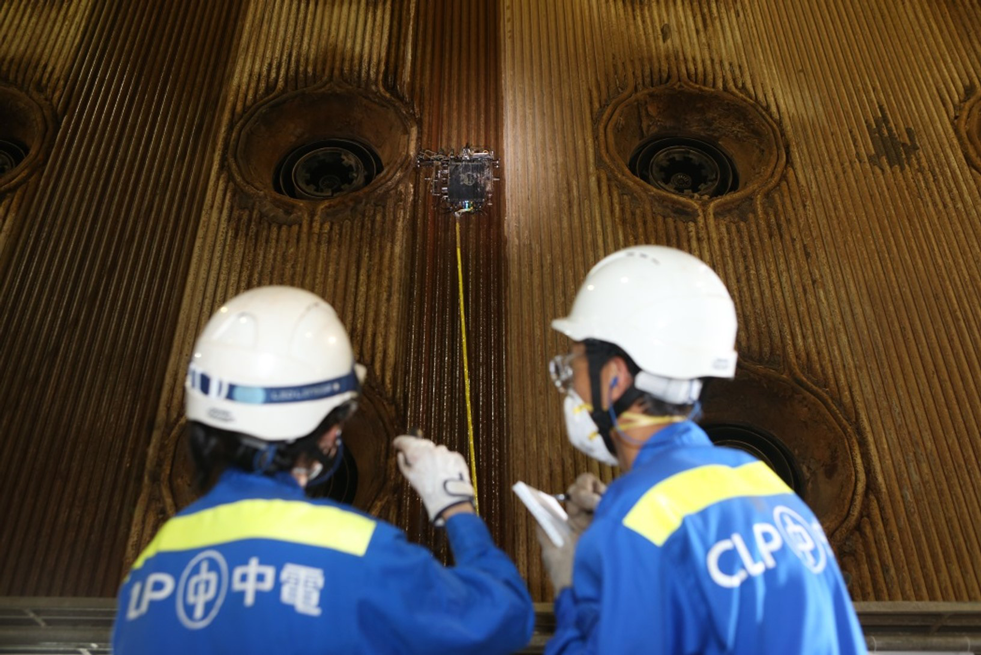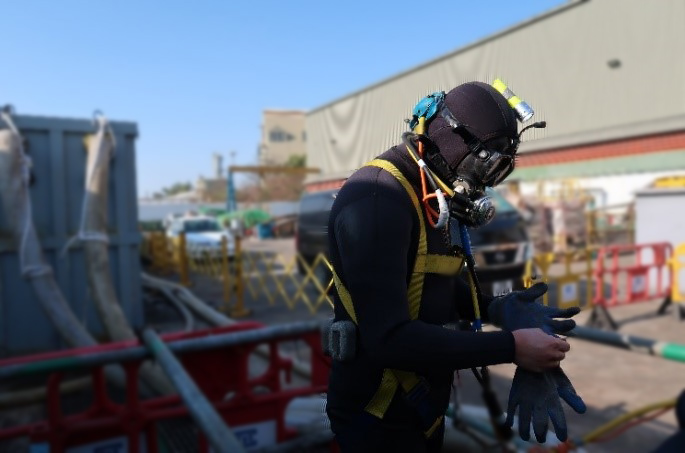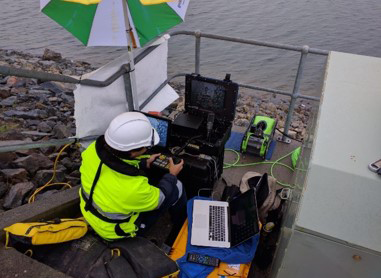
2020
Using robots to eliminate high risk diving activities
For thermal assets, the cooling water system and boilers need to be inspected regularly. The use of robots prevents technicians from being exposed to high risk environments.
A combustion boiler is a key component of a thermal asset, which produces steam at high pressure to drive the turbo-generator. A combustion boiler is about 70 metres tall, equivalent to a 22-storey building, and its interior is a confined environment where regular human access is difficult. CLP is now using robots for inspection of some of its boilers. These robots are specially designed to adapt to the conditions of different boilers: some are like spiders that climb on vertical boiler tubes, others have wheels that can navigate the varied terrain. These robots can quickly detect any faults such as surface cracks, significantly reducing the time needed for inspections while improving work safety.

Robots are specially designed to adapt to the conditions of different boilers.
Cooling water culverts, the underwater structures that supply sea water to power generation units for cooling, are another key component that requires regular inspection and cleaning. Traditionally this was done through diving, which is a potentially high-risk activity. CLP took the initiative to use Remotely Operated Vehicles (ROVs) to replace divers for the inspection and cleaning of cooling water facilities in power plants in Hong Kong, Mainland China and Australia. The adoption of ROVs has already eliminated about 30 manned diving hours each year across the Group, in addition to shortening inspection time and reducing asset downtime.
ROVs deploy advanced technology including LED strobe lighting, imaging, underwater GPS positioning, altimeter and echosounder. CLP has worked with consultants and the Hong Kong University of Science and Technology (HKUST) to fine-tune the configurations of ROVs for application at power plants by considering water current, visibility, marine growth and complexity of works. Risk assessments were also conducted to ensure the safe use of ROVs.
Plans are now in place to further reduce or eliminate various manned diving for inspection, cleaning, maintenance, repairs and equipment installation of CLP’s marine works projects, floating solar projects, hydro plants and thermal plants by advancing ROV design changes and operational practice in the coming two years. This effectively minimises the deployment of manpower into highly hazardous underwater environments.

The inspection of underwater cooling water culverts was traditionally done by professional divers.

ROVs are used for inspecting the cooling water inlet tower in the Mount Piper thermal plant in Australia.




